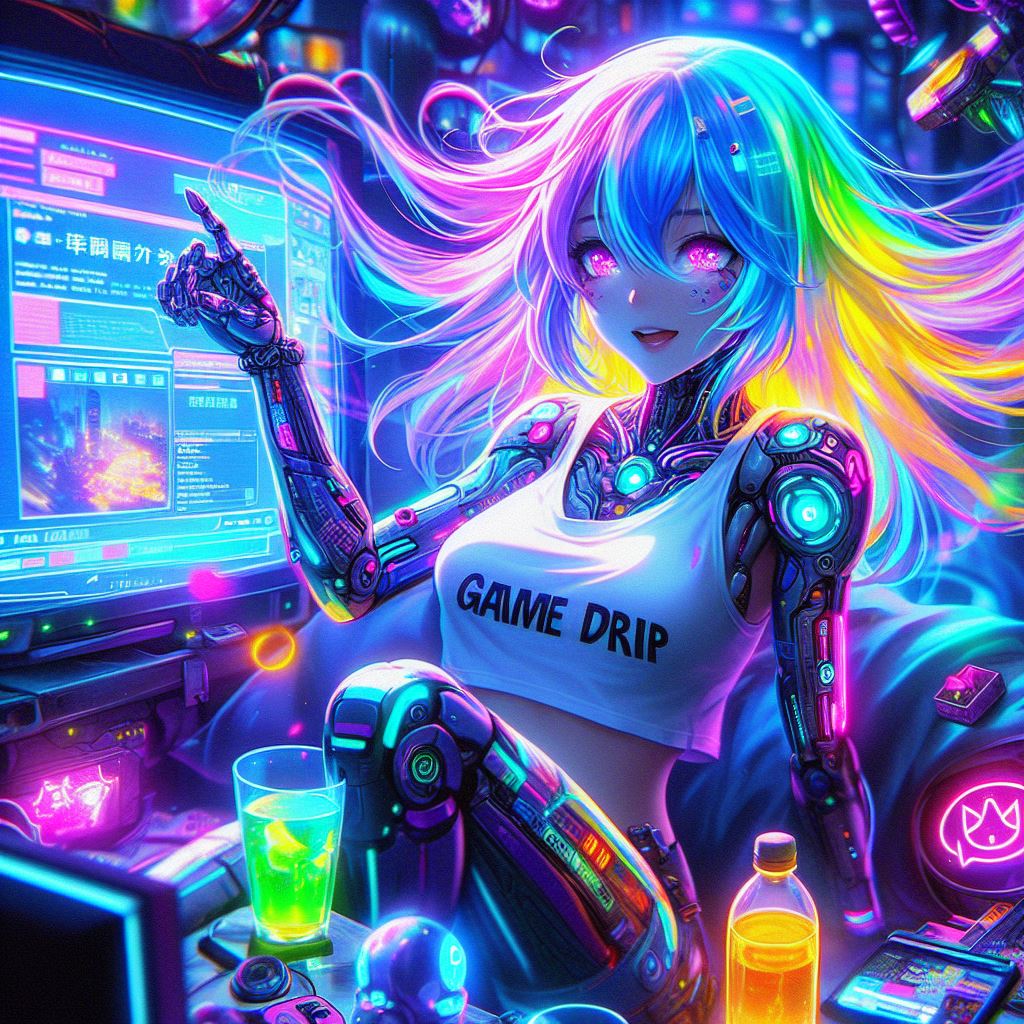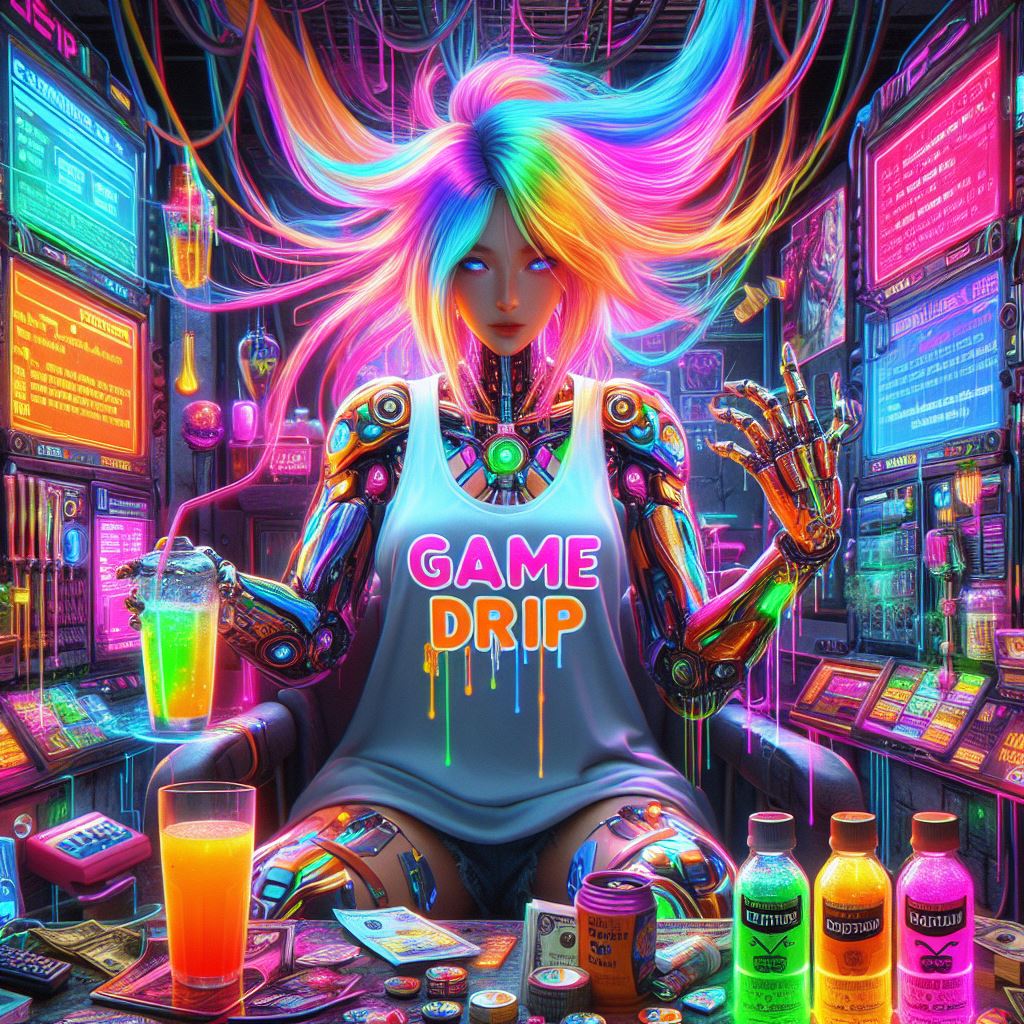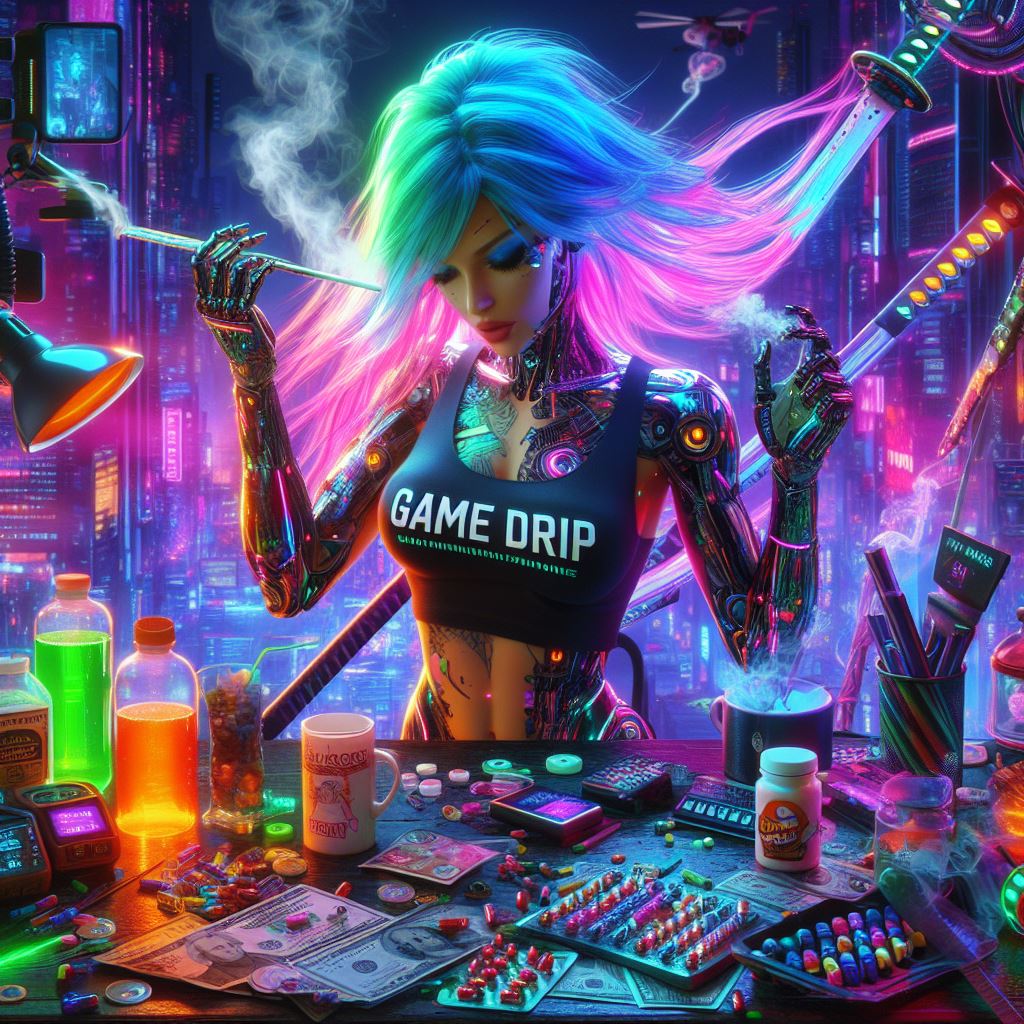Welcome to the Transformers Minecraft Server, where you can experience an exciting fusion of the popular Transformers franchise and the creative
world of Minecraft! Get ready to embark on an epic adventure as you join the ranks of Autobots and Decepticons in an immersive environment.

In this server, you’ll find yourself in a vast, sprawling Minecraft world that has been transformed into a battleground for these robotic beings. Choose your allegiance wisely, as you can either fight for justice as an Autobot, or embrace chaos as a Decepticon. The fate of this blocky universe is in your hands!
As an Autobot, you’ll work together with other players to protect innocent Minecraft citizens, defend key locations, and wage war against the Decepticons. Utilize your unique abilities, such as transforming into a vehicle or unleashing devastating attacks, to vanquish your enemies and restore peace.
If you decide to join the Decepticons, your mission will be to sow destruction, seize valuable resources, and conquer territories. Coordinate with your fellow Decepticons, construct powerful fortresses, and devise cunning strategies to outsmart the Autobots and dominate the Minecraft world.
The Transformers Minecraft Server offers an array of exciting features, including:
Transforming Abilities: Embrace the iconic ability to transform between robot and vehicle mode. Experience the thrill of rolling out in a high-speed car, flying through the skies as a jet, or stomping through the terrain as a colossal robot.
Faction-based Gameplay: Choose between the Autobots or Decepticons and engage in thrilling faction-based gameplay. Work as a team, communicate, and strategize to secure victory for your side.
Unique Classes: Select from a variety of specialized classes within each faction, each with its own unique abilities and playstyle. Whether you prefer to be a nimble scout, a heavy-hitting tank, or a versatile support, there’s a class for you.
Resource Gathering and Crafting: Explore the Minecraft world to gather resources, construct powerful weapons, and fortify your bases. Build formidable structures and utilize advanced technology inspired by the Transformers universe.
Epic Battles and PvP: Engage in intense battles against rival factions, both in open-world combat and specially designed PvP arenas. Prove your worth as a mighty warrior and earn rewards for your victories.
Quests and Missions: Undertake challenging quests and missions that delve into the rich lore of Transformers. Uncover hidden secrets, unlock powerful artifacts, and uncover the true nature of this blocky universe.
The Transformers Minecraft Server offers a thrilling fusion of the beloved Minecraft gameplay with the epic Transformers universe. Are you ready to step into the shoes of a legendary Autobot or Decepticon? Join us now and let the battle begin!





![How about: "Noxe: Wizarding Fun! [Modded]"](https://game-drip.com/wp-content/uploads/2024/04/gamedrip-news-popular-1843.jpg)

![How about “Junglecraft Adventure Hub [18+]”?](https://game-drip.com/wp-content/uploads/2024/04/gamedrip-news-best-7482.jpg)




![Chill Canvas SMP [Modded] Fun](https://game-drip.com/wp-content/uploads/2024/04/gamedrip-news-top-9269.jpg)











